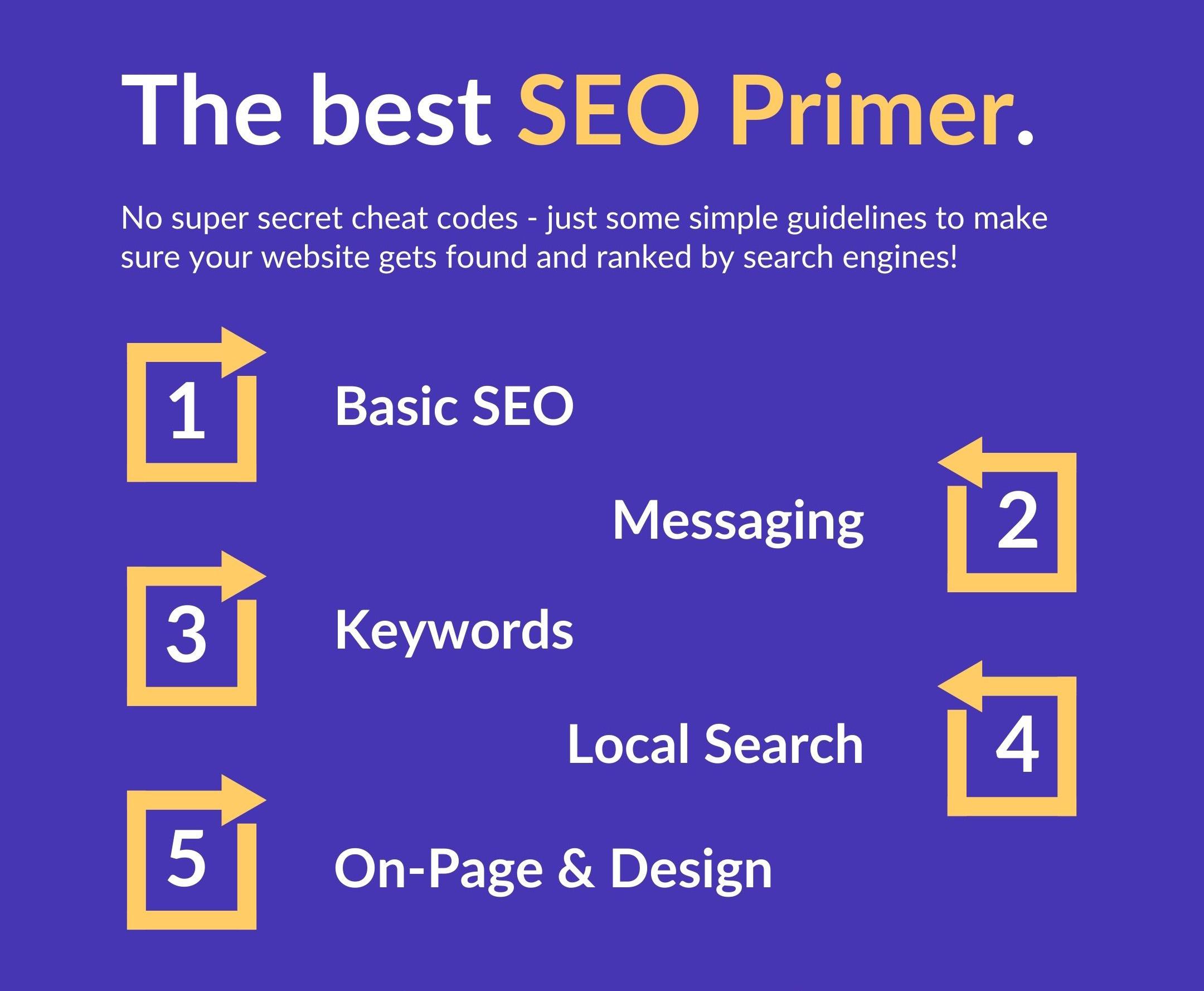Foldable phones are here. Learn how to use ImageEngine to identify and optimize images for them. ImageEngine automatically optimizes images for foldable clamshell and booklet phones, simplifying the work of web developers.
What are Foldable Phones?
Foldable phones have displays that are either hinged or flexible enough to bend and fold. They typically fold across either the horizontal or vertical axis. Building foldable phones requires advances in not only screens, but also many changes in engineering for hinges that are solid but do not degrade or allow foreign matter intrusion.
A foldable phone promises very powerful advances in usability. After all, the benefit of a larger screen is much like a battery with longer life: everyone wants a bigger screen – especially if it will still fit in your pocket.
Rocky Start at Mobile World Congress 2019
Remember back before COVID 19, when we used to go to conferences? In March 2019, foldable phones made their debut at Mobile World Congress in Barcelona. “Debut” might be too strong a word. Unless you were a VIP, you were not able to touch the foldable phones and give them a bend. In fact, you had to watch them from behind bulletproof glass. But ooooo-weeee!! They looked cool.
Despite the buzz from MWC 2019, reports quickly emerged that the foldable screens and hinges were not as durable as expected. But small armies of engineers continued to work diligently on problems like:
- Displays breaking from frequently folding,
- Batteries quickly draining from large screens, or
- Browsers and apps not adapting well to the screen.
Manufacturers solved enough of these potential drawbacks to launch devices. And the rest of the ecosystem is helping. For example, Android 10 included support for foldable screens. Here we are in the second half of 2020, and foldable phones are now becoming commercially available.
What foldable phones are available today?
As of publication, we are seeing the following devices being used on the internet.
- Booklet Microsoft Surface Duo Samsung Galaxy Fold Huawei Mate Xs 5G Royole FlexPai
- Clamshell Samsung Galaxy Z Flip Motorola Razr 2019
Now it is time for websites and advertisers to adapt to foldable phones.

Look no further for your SMB SEO Guide - this is the only one you'll need.
What Problems do Foldable Phones Cause for Developers and Advertisers?
While foldable phones are potentially a win for users, they cause potential problems for web designers. Foldable screens are likely to be a new, non-standard size. And many issues like menu placement might need rethinking with a foldable device.
Additionally image layout and optimization is a potential problem. Not only is it important to know if a phone is foldable, but it is also important to optimize and deliver images specifically for that model of foldable phone. An image CDN like ImageEngine has device detection built in and can automatically optimize images for foldable phones automatically.
For advertisers, foldable devices are a very interesting market. Whoever buys a foldable device is definitely an early adopter. And they probably have a great deal of disposable income to afford a manufacturer’s suggested retail price (MSRP) of more than $1300. Advertisers would love to target this audience, if they could.
ScientiaMobile’s WURFL device detection is the tool that can help web designers, developers, and the advertising industry identify foldable phones. WURFL device detection is built into ImageEngine’s global CDN network of device-aware edge servers.
How to Use WURFL to Detect Foldable Phones that are Browsing the Web
We won’t go into all the details of how device detection works, but to detect a foldable phone visiting your website, the WURFL API that is built into ImageEngine will take the HTTP request and evaluate the device. Once the device is detected, WURFL can also return any property of the device, or as we call it, WURFL device capabilities.
Our WURFL device detection is the most accurate and expansive device detection solution in the world with over 72,000 devices, 99% accuracy, unparalleled API speed, and world class 24-7 support.
For foldable devices, we have amended the physical_form_factor capability to include two new values:
- phone_foldable_clamshell: A phone that folds along the horizontal axis
- phone_foldable_booklet: A phone that folds along the vertical axis
With physical_form_factor, a web developer or advertiser can identify a visitor with a foldable phone in real time. Web designers could embed logic into their HTML or Javascript to serve an experience tailored to foldable devices. Advertisers could serve specific ads to affluent early adopters using foldable phones.
